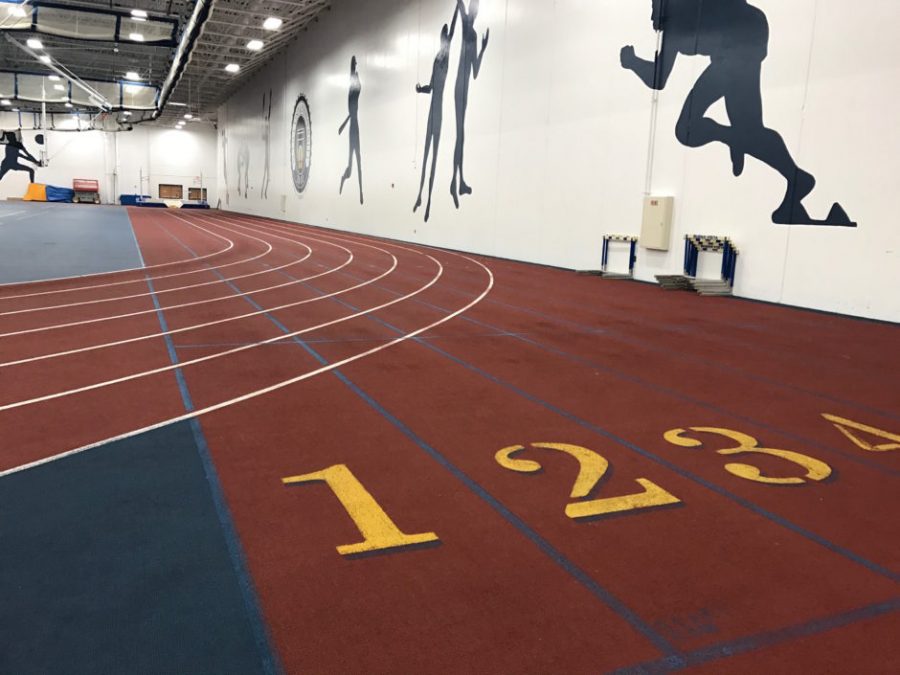Indoor VS Outdoor Track Explained
Yes, there is a difference between indoor and outdoor track. Most people group up track and field without knowing that two seasons exist within it referred to as indoor and outdoor. While they are basically the same, there are important differences worthy of note. In this article, I will give a brief overview and try not to overwhelm anyone. Also, this is based on the sports seasons for high schools in Louisiana so it may not apply everywhere.
Typically, the indoor season of track occurs in the winter, while the outdoor season is in the spring. Indoor is seen as a pre-season to outdoor, but there are still meets. A lot of schools require one to do indoor track if not doing a sport in the winter in order to do outdoor track. The outdoor season is also a lot longer than the indoor track season.
One difference that is in the name is where each meets takes place. In the outdoor track season, all the meets are outdoors. And in the indoor track season, all the meets are inside. While it may seem unreasonable to run indoors in Louisiana since the weather is not too cold, it has to be this way because it is a national standard. So while it does not get too hard here, other parts of the country can not afford to run outside meets.
A big difference between indoor and outdoor track is the actual track. A track that most people know of is that of an outdoor track which is 400m, about 1/4th of a mile. Indoor, the track is 200m, about 1/8th of a mile. So a runner has to run about double the laps indoors as they would have to do outdoors. For example, a 1600m race, which is almost equivalent to a mile, is 4 laps around the track outdoors and 8 laps indoors.
Another difference that may be harder to understand is qualifying for state. For both seasons, an athlete has to qualify for state in order to compete at the state meet. It is hard to qualify in both cases, but qualifying differs for the two. For indoor, all the schools are divided into two divisions, D1 and D2, based on school size. At the state meet each race has about 12 people in it. These 12 people are based on the results of the regular season. So one can qualify for state in their division if their time for their race is within the top 12 people. Versus outdoor, there are more divisions (I forget how many exactly) and one qualifies for state based on races leading up to state. The first round is district where you have to get top 3 in your race, then there are regionals where you have to get top two, and then you compete in the state meet. So for indoor state qualifying is based on time and for outdoor it is based on place. There are arguments for both sides on which one is harder to qualify for. The argument for indoor is that there are more people in a division. And then the argument for outdoor is that your chances of qualifying can be ruined by one bad race.
This may be a Louisiana thing only, but it is also important to understand how competitive indoor meets are. There are only two tracks in Louisiana that host indoor meets: Mckneese and LSU. For that reason, so many people attend these races. Outdoor though, there are many meets happening and so there is less competition or people at a meet. At Newman, we always attend the LSU qualifying meets which are on Saturdays and the meet takes all day. So many people always register, making there be a crazy amount of heats for each event. There is not nearly this problem during the outdoor season. While it is annoying how long indoor meets take, the plus is the competition that can help you improve your time. One is racing against the best people in the state at these meets.
I hope this article may help you (reader) understand what the indoor track season is, and how it differs from the outdoor season. I did not mention all the differences but tried to highlight the ones I thought were most essential. Hopefully, all this does not make it more confusing. Anyway, next time a track kid mentions indoor track, you can jump into the conversation with the help of this new information.

Maggie Smith is a senior and has been on the Navigator since her sophmore year! Maggie loves to run, watch movies, and study history :)



